Your fishing hook is the connection between you and the fish. Here is everything you need to know about them so you know which type is best for your needs.
More...
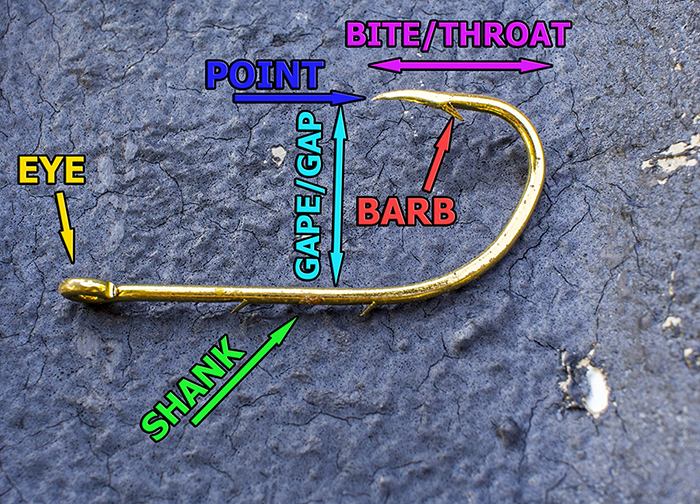
Why is knowing fishing hooks important?
First off, it's key to having a relevant and educated angling discussion. Without knowing these basics, an angler is missing out on furthering their inshore education.
Imagine if your friend was talking about how he kept missing trout on a fishing trip. A simple change in hook size could improve his odds of catching, but if you don't know this information you would not be able to help him out!
It's good to know what size hooks you need for different lures. If you don't know your hook sizes you are shooting in the dark and not setting your fishing trips up for success.
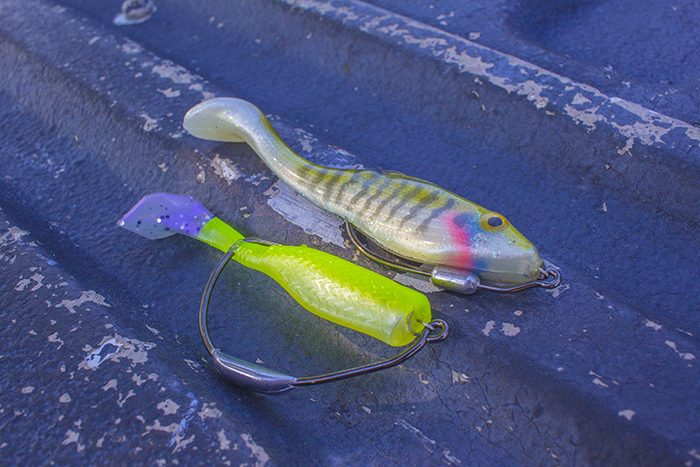
As you gain experience you will learn what hook types will meet the demands of your environment, targeted species and fishing techniques. So let's get on with this and ensure everyone is on the same sheet of music.
Understanding Fishing Hook Size
This is the most overlooked and misunderstood characteristic of a hook.
Hook sizes are measured on a scale with two different categories:
- Aught size
- Number size
These categories sit on opposite ends of that scale.
On the left side are number sizes and these generally are used to define much smaller hooks. The larger the number size, the smaller the hook.
Aught sizes sit on the right side of the scale and are used to define much larger hooks. The larger the aught size, the larger the hook.
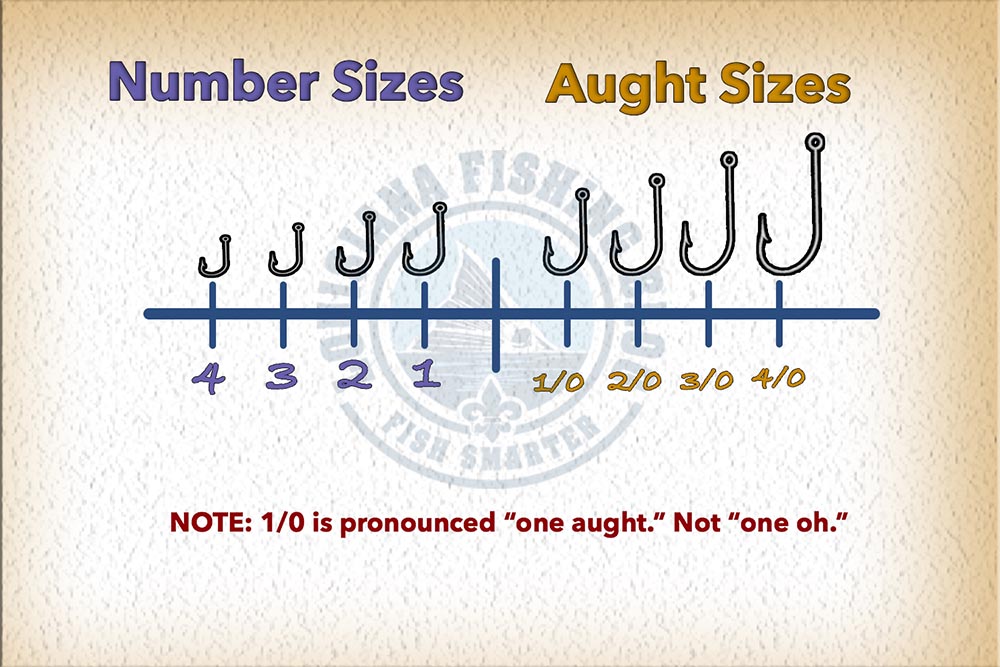
Nothing says "I am a googan" more than when "aught" is mispronounced as "oh." It's a number, not a letter.Much like double 00 buckshot or a .30-06 round.
How to Measure Fishing Hook Size
It may happen you lose track of your hooks or you get hooks that don't come with their packaging. How do you know their hook size?
I haven't found a tried and true way to measure hook size with a measuring tape. Manufacturers use their own specifications and those can differ.
I have fifteen different hook sizes in the tackle bag I currently use and dozens of other sizes in my tackle room that I have used or will eventually use.
It's easy to get them mixed up and I will use sizing charts if it's important for me to know their exact size.
This is a fishing hook sizing chart I found on the Internet and it is pretty close to all of my hook sizes. I just use a measuring tape.
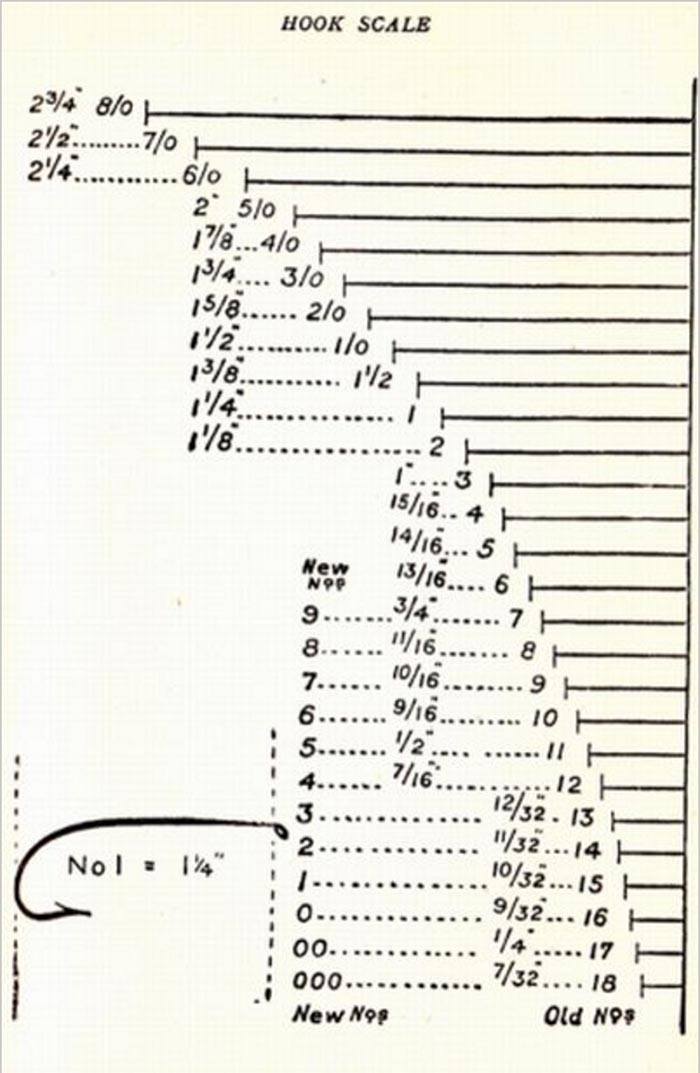
Most fishing hook manufacturers will have a printable sizing chart on their website. You can lay the hooks next to the outlines to determine their size.\
Just be sure to print the size chart at 100%.
Hook Thickness & Strength
Again, fishing hook thickness is dependent upon the manufacturer's specs, but for the most part they are all similar.
If a hook is denoted as being 1x strong then that means the hook has the same wire thickness as the next size up.
So if you are purchasing a No. 8 hook that is 1x strong it has the same wire thickness as a No. 7 hook.
A 3x 4/0 hook has the same wire thickness as a 7/0 hook.
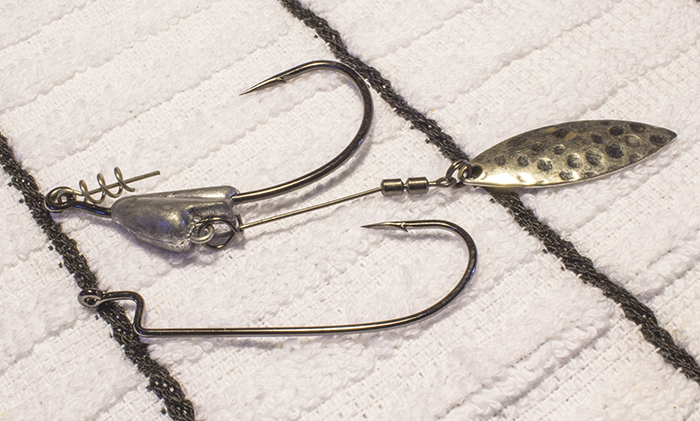
Both are 3/0 hooks, but one is thicker than the other.
You want a flimsier fishing hook that flexes for fish species with softer, paper-thin mouths, like a speckled trout.
A thin wire hook produces a smaller hole in the fish's mouth and won't tear it up so bad the fish comes off.
Of course, this is used in conjunction with lighter tackle – like what's used to fish dock lights.
A trout with a severely damaged mouth may not be suitable for tagging purposes. If it dies after being released then what's the point? This is why we know our fishing hook specs and choose the correct thickness.
Redfish, on the other hand, require a much stronger hook. If you were to use a thin-wire hook on a redfish chances are good they will straighten it out or even break it.
This is why I use extra strength hooks when sight fishing redfish.
I have used a lot of different fishing hooks for casting swimbaits to redfish. My favorite by far are Owner Beast Hooks and Owner Flashy Swimmer Hooks.
Hook Gap
Also known as "gape", hook gap may not seem readily important. However, it's just as important as hook size, especially when it comes to the size of the target species' mouth.
You don't want to use a fishing hook that is too big! A 6/0 wide gap hook would never work on trout unless you were going after very large trout. But it would be perfect for redfish.
Hook gap is the distance between the shank and the tip of the hook: the wider the distance, the bigger the bait that can fit on it.
I use wide gap fishing hooks for swimbaits that have large heads and will not fit on a normal gap hook.
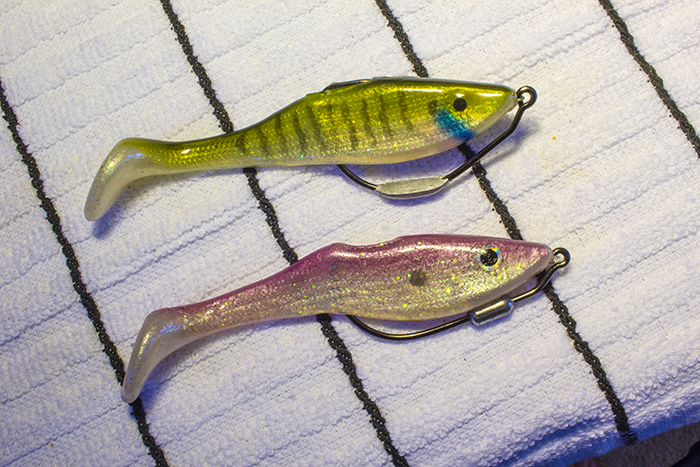
The purple swimbait is setup for failure. The hook gap is too shallow. The striper swimbait is where it's at!
Both of the hooks pictured above are 4/0 weighted swim hooks. The difference between them is their gap size.
One has an extra wide gap and the other does not.
It seems like they would both work, but I am telling you the extra wide gap is the way to go with swimbaits this big.
This is because that smaller gap hook will cause a lot of missed hooksets.
When fish strike the lure there is not enough gap for the lure to collapse on in order to expose the hook and enable a clean hook set.
A setup like the purple swimbait is not only weedless but also "fishless".
Fishing Hook Points & Barbs
Let's go over hook points and barbs. These minor details are important to know for differing tackle and target fish species.
Hook Point
The point of a hook is an oft overlooked characteristic.
Hook points are more than just the pointy end of the hook, they are pointy in different ways and, because they are pointy in different ways, they may serve different purposes.
There are a lot of different types of fishing hook points. There are:
- spear points
- knife edge points
- hollow points
- rolled points
- needle points
- and more
There are so many different types and applications that I am just going to give you the nitty gritty for inshore fishing.
You don't want a knife edge point.
A knife edge point is literally shaped like a double sided knife and is designed to maximize tearing/piercing through a fish's mouth.
This is great for some fish species that have really hard mouths, like a jack crevalle, but not so much redfish and certainly not speckled trout.
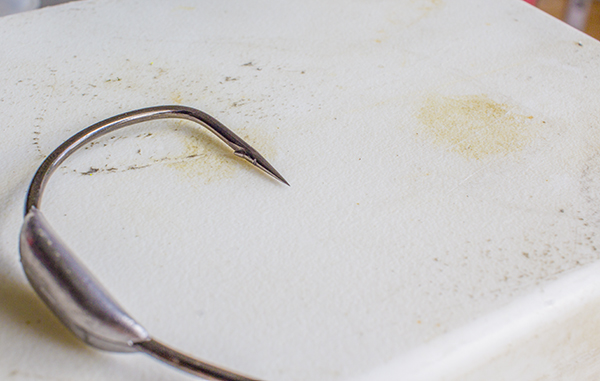
A needle point is everything you need in a fishing hook for the inshore waters of Louisiana.
A knife edge point can be a poor choice in inshore fishing because as the fish fights that knife edge is wiggling back and forth, tearing more flesh and making the entry hole larger.
If the entry hole gets too big the hook can be thrown out.
This is why I recommend using a needle point.
It's great for piercing and once it's through to the other side of the fish's mouth it won't cause any additional damage.
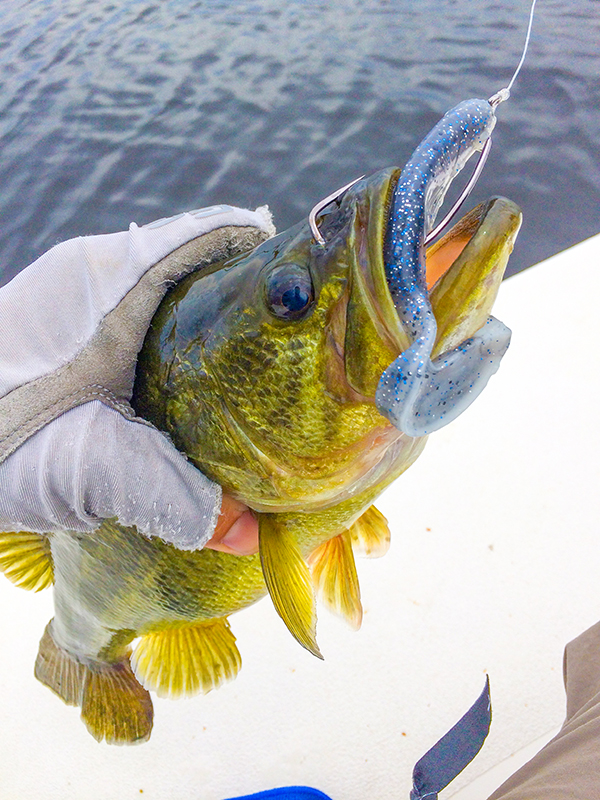
If the hook is large enough you want it to go through to the other side so the barb works most effectively.
Hook Barbs
Hook barbs are pretty straight forward in that they are simply an up-curved portion of the hook facing in the opposite direction that the hook penetrated.
The barb keeps the fish from throwing the hook, but it can also be used to keep bait on the hook, especially bait that is flimsier and softens in the water, such as dead shrimp.
You really only need one barb behind the hook point.
Having two is unnecessary, it just makes unhooking the fish that much more difficult.
If you get in a really good, fast-paced bite you can depress the barb with a set of pliers so unhooking fish is faster and easier.
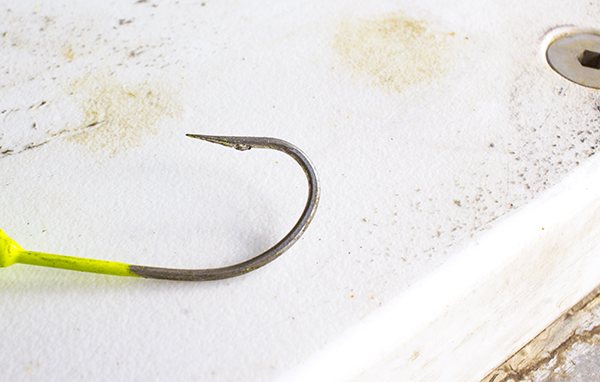
Flatten the barb so unhooking fish is easier. Just understand that fish can come off the line easier, too! They key is to keep pressure on the fish during the fight.
As far as selection goes...
Most hook manufacturers have this figured out for you, as they aren't going to put barbs on the shank of a swim hook and they aren't going to put a knife edge where it doesn't belong.
For the most part, when you purchase a hook for a specific application you will have everything you need.
However, this is all still good information to retain for when you need hooks for specific uses.
Got input?
Post it up in the comments below. Thank you for reading and tight lines!

Very interesting 👍
semple?
What is the different between semple and Octopus hook.
First time i see about hooks. Nice movements to read bhout Fishing hooks.
Thank you! Very helpful.